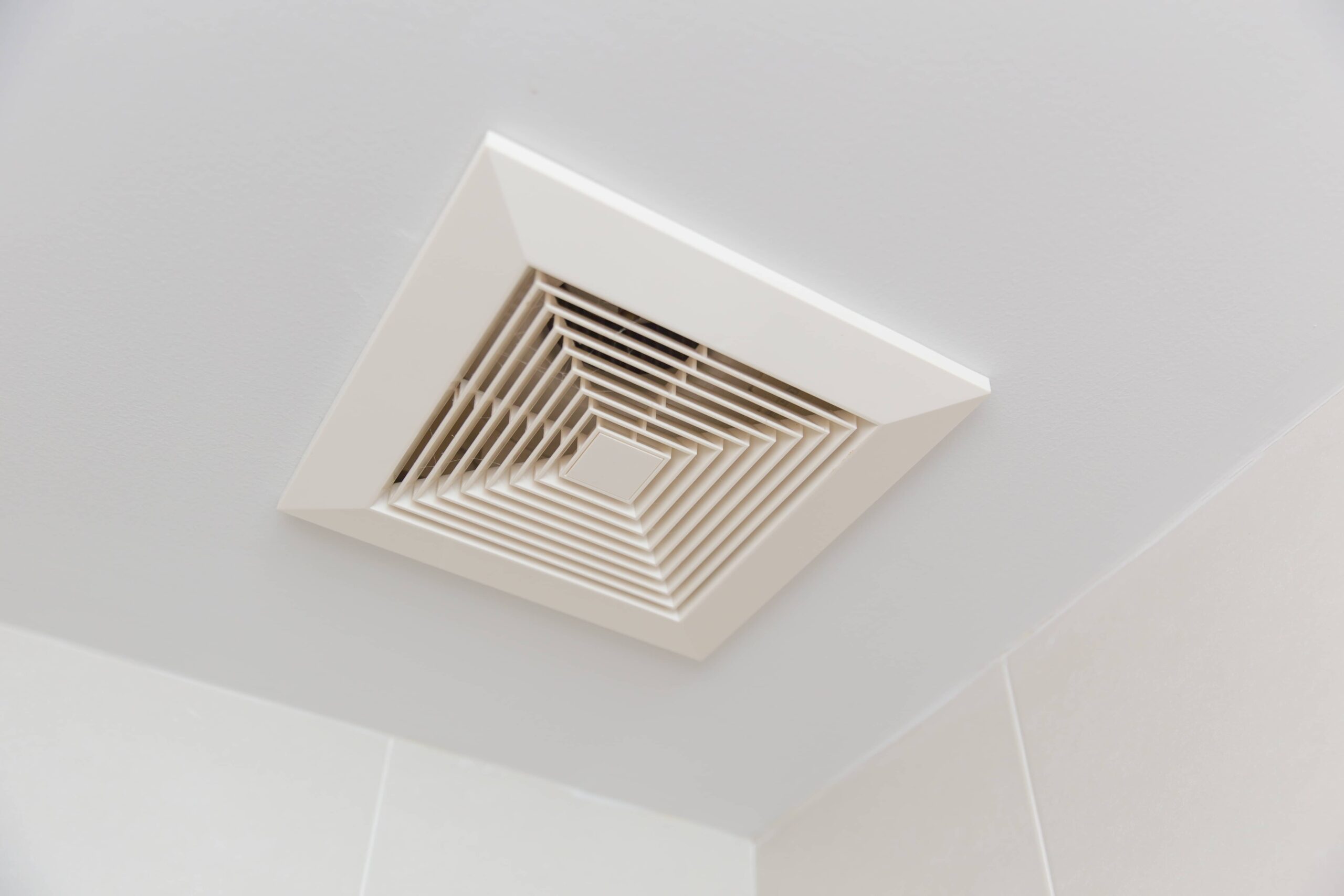

Articles
How To Vent A Bathroom Fan Through Soffit
Modified: October 20, 2024
Learn how to properly vent your bathroom fan through the soffit with our expert articles. Ensure optimal air circulation and prevent moisture buildup.
(Many of the links in this article redirect to a specific reviewed product. Your purchase of these products through affiliate links helps to generate commission for Storables.com, at no extra cost. Learn more)
Introduction
Welcome to our guide on how to vent a bathroom fan through the soffit. Proper ventilation is crucial in bathrooms to remove excess moisture, prevent mold and mildew growth, and maintain good air quality. Venting the bathroom fan through the soffit is a popular method that offers several benefits, such as efficient air extraction and aesthetic appeal.
In this article, we will provide a step-by-step guide on how to vent a bathroom fan through the soffit. We will also discuss the benefits of this method, important considerations before starting the installation, and the tools and materials you’ll need. Additionally, we will offer valuable tips for proper installation and highlight some common mistakes to avoid.
So, whether you’re a DIY enthusiast or a homeowner looking to improve your bathroom ventilation, this article will provide you with the knowledge and guidance to successfully vent your bathroom fan through the soffit.
Key Takeaways:
- Efficiently venting a bathroom fan through the soffit offers benefits such as improved airflow, reduced noise, and cost-effectiveness, while enhancing the aesthetic appeal of your home.
- Before starting the installation, consider factors like local building codes, soffit structure, and potential obstructions to ensure a successful and compliant ventilation system.
Read more: How To Vent Attic Without Soffits
Overview of Bathroom Fan Ventilation
Bathroom fan ventilation plays a crucial role in maintaining a healthy and comfortable environment in your bathroom. When you take a hot shower or bath, the humidity levels rise significantly. Without proper ventilation, this excessive humidity can lead to a host of problems, including mold and mildew growth, peeling wallpaper or paint, and unpleasant odors.
A bathroom fan helps to remove the moist air and odors from the bathroom, promoting proper air circulation and preventing the aforementioned issues. When it comes to venting a bathroom fan, there are several options available, including venting through the roof, gable wall, or soffit.
Venting through the soffit involves installing a duct that runs from the fan to a vent outlet on the underside of the soffit, which is the horizontal surface beneath the eaves of your roof. This method offers some distinct advantages over other ventilation options.
Firstly, venting through the soffit allows for a shorter duct run compared to venting through the roof. A shorter duct run reduces the resistance to airflow, ensuring efficient extraction of moist air from the bathroom. This efficient airflow not only helps to quickly remove moisture but also helps prevent the build-up of condensation in the duct, which can lead to costly repairs or even mold growth.
Secondly, venting through the soffit can provide a more aesthetically pleasing solution. The vent outlet on the underside of the soffit can be discreetly concealed, blending seamlessly with the exterior of your home. This is especially beneficial if your bathroom does not have an attic or if a roof vent is not feasible due to architectural limitations or aesthetic preferences.
It is important to note that while venting through the soffit offers several advantages, it may not be suitable for every bathroom. Factors such as the layout of your home, the presence of insulation in the soffit, and local building codes should be taken into consideration before deciding on this ventilation method. Consulting with a professional or doing thorough research before starting the installation is always recommended.
Benefits of Venting a Bathroom Fan Through the Soffit
Venting a bathroom fan through the soffit offers several benefits that make it a popular choice among homeowners. Let’s explore some of these advantages:
- Efficient Air Extraction: Venting through the soffit allows for a shorter duct run, resulting in improved airflow and faster extraction of moist air from the bathroom. This efficient ventilation helps to prevent the accumulation of humidity, reducing the risk of mold and mildew growth. It also aids in eliminating unpleasant odors quickly, ensuring a fresh and clean bathroom environment.
- Aesthetically Pleasing: Installing a vent outlet on the underside of the soffit provides a discreet and seamless appearance. The vent outlet can be easily concealed and blends with the exterior of your home. This is particularly advantageous if your bathroom does not have an attic or if you prefer a more visually appealing ventilation solution.
- Reduced Noise: Venting through the soffit can help minimize noise transmission from the bathroom fan to the outside. The ductwork and distance from the fan to the vent outlet in the soffit act as sound insulation, resulting in a quieter bathroom ventilation system.
- No Roof Penetration: Unlike venting through the roof, which requires creating a hole in the roof surface, venting through the soffit eliminates the need for roof penetration. This can help avoid potential leaks or damage to the roof and reduces the risk of water infiltration.
- Cost-Effective: Venting through the soffit is often a cost-effective option, as it requires less material and labor compared to venting through the roof. This can be especially beneficial if you are working within a budget or prefer a more budget-friendly ventilation solution.
While venting a bathroom fan through the soffit offers numerous benefits, it is essential to consider the specific requirements of your bathroom and consult local building codes before proceeding with the installation. Additionally, regularly maintaining and cleaning the ductwork and vent outlet is crucial to ensure optimal performance and prevent any blockages or obstructions.
Considerations Before Venting Through the Soffit
Venting a bathroom fan through the soffit can be a great solution for proper ventilation, but there are a few considerations to keep in mind before you start the installation process. Let’s take a look at these important factors:
- Local Building Codes: Before proceeding with any ventilation project, it is essential to familiarize yourself with the local building codes and regulations in your area. Different regions may have specific requirements regarding the materials used, installation guidelines, and permissible locations for vent outlets. Ensuring compliance with these codes will help you avoid any potential issues or legal complications down the line.
- Soffit Design and Structure: Assess the design and structure of your soffit to determine if it is suitable for venting a bathroom fan. Some soffits may have insulation, wiring, or other obstacles that could impede the installation process. Consider consulting with a professional or conducting research to understand the composition of your soffit and ensure proper installation can be achieved.
- Proximity to Windows, Doors, and Vents: Take into account the proximity of the chosen location for the vent outlet to windows, doors, and other vents. You want to avoid situations where the moist air expelled from the bathroom fan could be drawn back into the house through other openings. Ensuring proper distance and ventilation flow will help maintain the effectiveness of the venting system.
- Potential Obstructions: Evaluate any potential obstructions that may impede proper airflow through the soffit vent. Consider the presence of trees, shrubs, or other objects that could obstruct the vent outlet or restrict airflow. It is crucial to maintain a clear and unobstructed path for the expelled air to flow freely.
- Frost Accumulation: In colder climates, frost accumulation within the soffit vent can be a concern. If the moist air from the bathroom fan reaches cold surfaces, it can potentially freeze, leading to blockages and reduced ventilation efficiency. Take measures to mitigate this risk, such as insulating the ductwork or installing a damper that closes when the fan is not in use.
By considering these factors and addressing any potential challenges, you can ensure a successful installation and optimal performance of your bathroom fan vented through the soffit. It is always recommended to consult with professionals or seek expert advice if you have any doubts or questions regarding the feasibility of venting through the soffit in your specific situation.
Tools and Materials Needed
Before you start venting your bathroom fan through the soffit, make sure you have the necessary tools and materials on hand. Here is a list of the items you’ll need:
Read more: How To Vent Through A Brick Wall
Tools:
- Screwdriver
- Hole saw or reciprocating saw
- Measuring tape
- Pencil or marker
- Drill
- Duct tape
- Wire cutters
- Ratchet straps or metal banding
- Nail or staple gun (optional for securing ductwork)
Materials:
- Bathroom exhaust fan
- Flexible ductwork (appropriate diameter and length)
- Soffit vent cover
- Vent hose clamp
- Screws or nails for securing the vent cover
- Roofing sealant or caulk
It’s important to select high-quality materials that are suitable for bathroom ventilation. Choose a bathroom exhaust fan that is specifically designed for your bathroom size and can handle the air volume and humidity levels. Flexible ductwork with a smooth interior surface will minimize resistance to airflow and improve ventilation efficiency.
Ensure that you have the correct size of ductwork matching the diameter of your bathroom fan’s exhaust port. Additionally, choose a soffit vent cover that is weather-resistant and designed for optimal airflow. The vent hose clamp is necessary to securely connect the ductwork to the vent cover, while screws or nails will be used to fasten the vent cover onto the soffit.
Remember to exercise caution and follow manufacturer’s instructions when using tools and materials. Always wear appropriate safety gear, such as goggles and gloves, to protect yourself during the installation process. Having these tools and materials readily available will help you complete the project efficiently and ensure a successful installation of your bathroom fan vent through the soffit.
Step-by-Step Guide to Venting a Bathroom Fan Through the Soffit
Venting a bathroom fan through the soffit can be done following these step-by-step instructions:
- 1. Determine the Location: Choose the location on the soffit where you want to install the vent outlet. Ensure it is away from windows, doors, and other vents to avoid any potential airflow issues.
- 2. Mark the Opening: Use a pencil or marker to mark the outline of the vent outlet on the soffit. For a round vent, you can use a hole saw with a diameter matching the size of the vent. If you prefer a rectangular vent, use a reciprocating saw to cut out the marked area. Be cautious and wear appropriate safety gear when operating power tools.
- 3. Install the Vent Cover: Place the vent cover over the opening and secure it to the soffit using screws or nails. Ensure that it is tightly secured and flush with the soffit surface to prevent any air leaks.
- 4. Install the Bathroom Fan: Follow the manufacturer’s instructions to install the bathroom exhaust fan in the designated location inside the bathroom. Make sure to connect the flexible ductwork to the fan’s exhaust port securely using duct tape or a hose clamp.
- 5. Measure and Cut the Ductwork: Measure the distance from the fan to the vent outlet on the soffit. Cut a piece of flexible ductwork to the appropriate length, ensuring that it can reach from the fan to the soffit vent outlet. Use wire cutters or a utility knife to make a clean and smooth cut.
- 6. Connect the Ductwork: Attach one end of the flexible ductwork to the fan’s exhaust port. Ensure a tight and secure connection using duct tape or a hose clamp. Extend the other end of the ductwork through the attic or crawl space and route it towards the soffit vent outlet.
- 7. Secure the Ductwork: Use ratchet straps or metal banding to secure the ductwork along its route to prevent it from sagging or coming loose. Alternatively, you can use a nail or staple gun to secure the ductwork to the ceiling or floor joists.
- 8. Connect Ductwork to the Vent Outlet: Attach the end of the ductwork to the vent outlet on the soffit using a vent hose clamp. Ensure a tight and secure connection to prevent air leaks.
- 9. Seal Any Gaps: Inspect the entire installation for any gaps or potential air leaks. Use roofing sealant or caulk to seal any gaps around the vent cover, ductwork connections, or other areas where air may escape.
- 10. Test the Ventilation: Turn on the bathroom fan and verify that the air is being properly extracted through the soffit vent. Check for any unusual noises, vibrations, or airflow issues. Monitor the operation of the fan over time to ensure it is effectively removing moisture and odors from the bathroom.
Following these steps will help you successfully vent your bathroom fan through the soffit. However, it’s important to note that local building codes and regulations may have specific requirements and guidelines for ventilation installations. It is recommended to consult professionals or local authorities to ensure compliance and safety.
Make sure to use a vent cap with a backdraft damper to prevent outdoor air from entering the bathroom when the fan is not in use. This will help maintain proper ventilation and prevent moisture buildup.
Tips for Proper Installation
When venting a bathroom fan through the soffit, it’s important to ensure proper installation to maximize the effectiveness and efficiency of the ventilation system. Here are some tips to help you achieve a successful installation:
- Follow Manufacturer’s Instructions: Carefully read and follow the manufacturer’s instructions for the bathroom fan, ductwork, and vent cover. Each product may have specific requirements and guidelines for installation, so it’s important to adhere to these instructions to ensure proper operation.
- Avoid Sharp Bends and Long Duct Runs: Minimize sharp bends or turns in the ductwork as much as possible. These bends create resistance to airflow and can reduce the overall efficiency of the ventilation system. Additionally, keep the duct run as short as possible to maximize airflow and prevent condensation buildup.
- Use Smooth Interior Ductwork: Opt for smooth interior ductwork to minimize resistance to airflow. Smooth surfaces contribute to better airflow, reducing the chance of blockages or reduced ventilation efficiency.
- Insulate Ductwork in Cold Climates: If you live in a colder climate where frost accumulation is a concern, insulate the ductwork to prevent freezing. Insulating the ductwork helps maintain proper airflow and prevents blockages caused by frozen moisture.
- Ensure Secure Connections: Use duct tape or hose clamps to securely connect the ductwork to the bathroom fan’s exhaust port and the vent outlet on the soffit. Properly sealed and tightened connections prevent air leaks and ensure efficient air extraction.
- Regularly Clean and Maintain the System: Periodically inspect and clean the vent cover, ductwork, and fan to remove any dust, debris, or blockages that can hinder proper airflow. Regular maintenance helps to maintain optimal ventilation performance and prevent potential issues down the line.
- Monitor Moisture Levels: Keep an eye on the moisture levels in your bathroom, especially after installing the vent through the soffit. Monitor for any signs of condensation or excessive moisture. Adjust the fan usage or consider additional ventilation solutions if necessary.
- Comply with Local Building Codes: Always adhere to local building codes and regulations when installing a bathroom vent. Consult with professionals or local authorities to ensure that your installation meets the necessary requirements.
By following these tips, you can ensure a proper and efficient installation of your bathroom fan vented through the soffit. Remember that maintaining good air quality and preventing moisture-related issues are key considerations throughout the installation process.
Read more: How To Vent A Dryer Through The Roof
Common Mistakes to Avoid
When venting a bathroom fan through the soffit, it’s important to avoid common mistakes that can compromise the effectiveness and safety of the ventilation system. Here are some common mistakes to be mindful of and avoid:
- Incorrect Installation Location: Choosing an inappropriate location for the vent outlet on the soffit can lead to poor airflow and inefficient ventilation. Ensure the vent outlet is positioned away from windows, doors, and other vents to prevent air circulation issues.
- Inaccurate Measurements: Accurate measurements are crucial for proper installation. Failing to measure correctly can result in ductwork that is too long or too short, leading to inefficient and ineffective ventilation.
- Poor Ductwork Connections: Insecure or poorly sealed connections between the bathroom fan’s exhaust port, ductwork, and soffit vent outlet can cause air leaks and reduced ventilation performance. Use duct tape or hose clamps to ensure secure and airtight connections.
- Insufficient Ventilation Capacity: Installing a bathroom fan that is too small for the size of the bathroom can result in inadequate airflow and ineffective moisture removal. Make sure to choose a fan that is appropriately sized based on the square footage of your bathroom.
- Neglecting Maintenance: Proper maintenance is essential for optimal performance and longevity of the ventilation system. Neglecting routine cleaning and inspection can lead to clogged vents, reduced airflow, and potential issues such as mold growth. Regularly clean and maintain the vent cover, ductwork, and fan to ensure efficient operation.
- Ignoring Local Building Codes: Failing to comply with local building codes and regulations can result in safety hazards and legal consequences. Always consult with professionals and ensure that your installation meets the necessary requirements and guidelines.
- Forgetting about Frost Accumulation: In cold climates, frost accumulation within the ductwork can obstruct airflow and reduce ventilation efficiency. Take measures to insulate the ductwork or install a damper that closes when the fan is not in use to prevent freezing.
- Skipping Professional Consultation: If you are unsure about any aspect of the installation process or if you have unique circumstances, it is wise to consult with professionals. They can provide guidance, assess your specific situation, and ensure that the ventilation system is installed correctly.
By avoiding these common mistakes, you can ensure a successful installation of your bathroom fan vented through the soffit. It’s important to prioritize functionality, safety, and compliance with regulations to achieve optimal ventilation performance and maintain a healthy bathroom environment.
Conclusion
Venting a bathroom fan through the soffit can be an effective and aesthetically pleasing solution for proper ventilation. By following the step-by-step guide, considering important factors, and avoiding common mistakes, you can successfully install a ventilation system that removes excess moisture, prevents mold and mildew growth, and improves air quality in your bathroom.
Choosing to vent through the soffit offers benefits such as efficient air extraction, a discreet and seamless appearance, reduced noise transmission, and the avoidance of roof penetration. However, it is crucial to consider local building codes, soffit design and structure, proximity to other openings, potential obstructions, and frost accumulation in cold climates before starting the installation process.
Gathering the necessary tools and materials and carefully following manufacturer’s instructions will help ensure a proper and efficient installation. Remember to use smooth interior ductwork, secure connections, and regularly clean and maintain the system to optimize its performance. Additionally, complying with local building codes and consulting with professionals when needed will contribute to a safe and compliant ventilation installation.
Efficient bathroom fan ventilation through the soffit promotes a healthy and comfortable environment, reduces the risk of moisture-related issues, and enhances overall air quality in your home. By taking the necessary steps and precautions, you can enjoy the benefits of a well-ventilated bathroom, while also enhancing the aesthetics of your home.
Now that you have a comprehensive understanding of how to vent a bathroom fan through the soffit, you can confidently take on this project and enjoy the benefits of improved ventilation in your bathroom.
Frequently Asked Questions about How To Vent A Bathroom Fan Through Soffit
Was this page helpful?
At Storables.com, we guarantee accurate and reliable information. Our content, validated by Expert Board Contributors, is crafted following stringent Editorial Policies. We're committed to providing you with well-researched, expert-backed insights for all your informational needs.
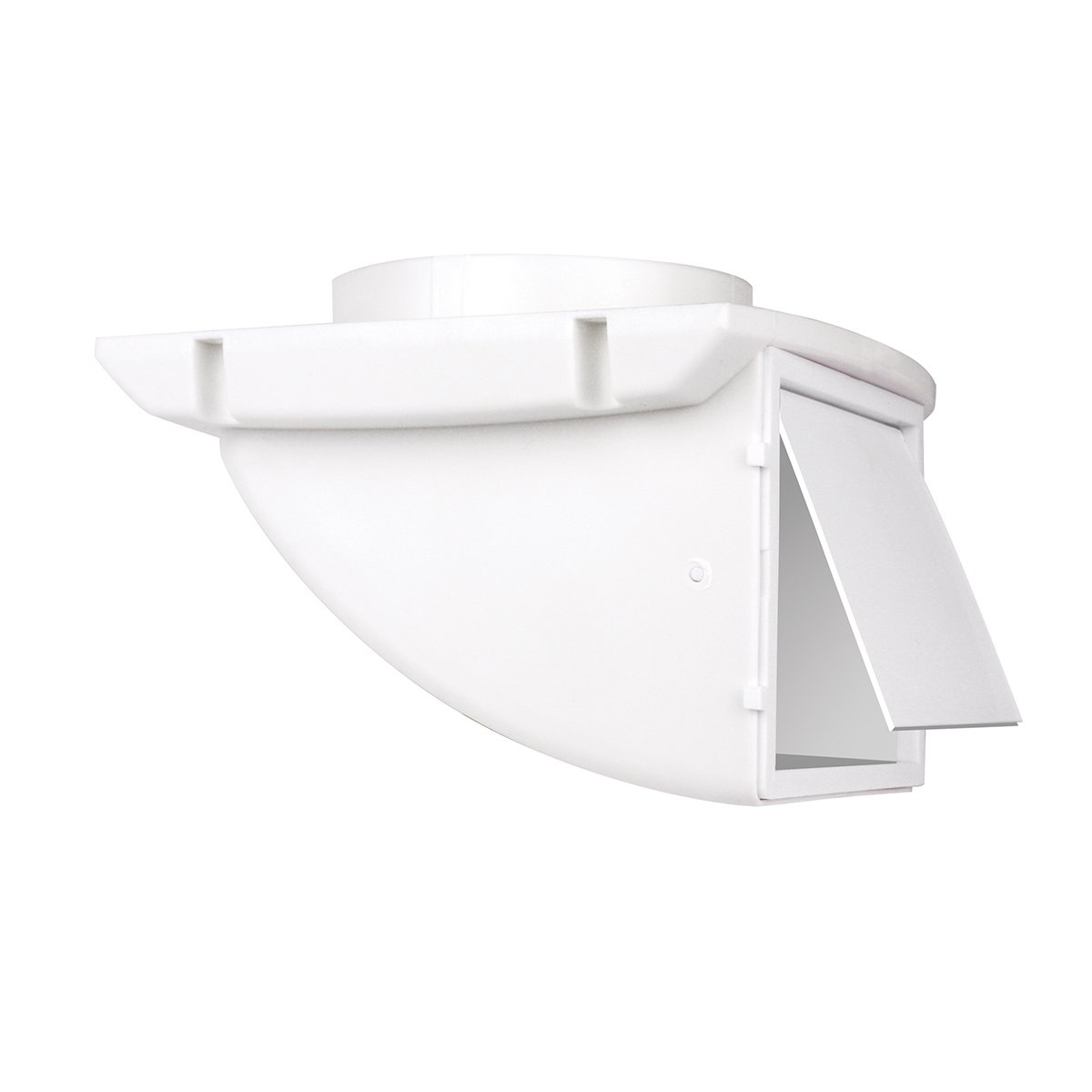
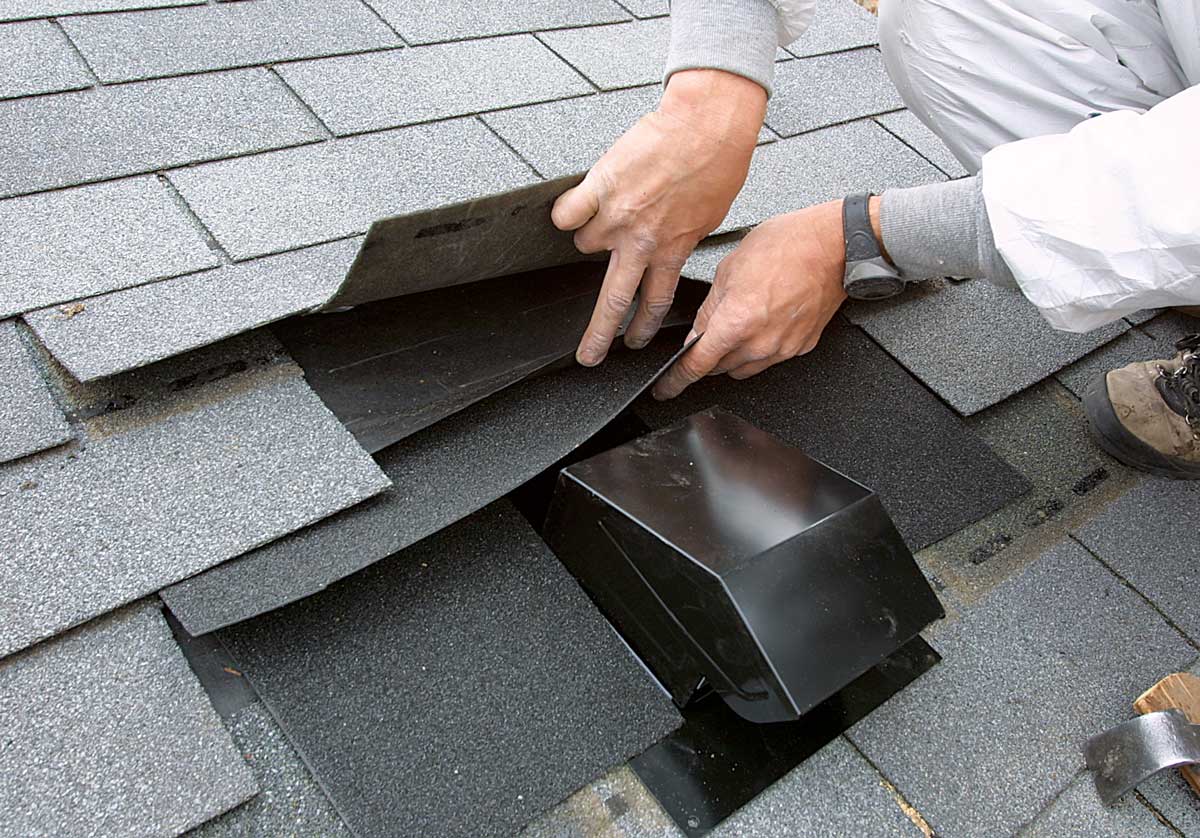

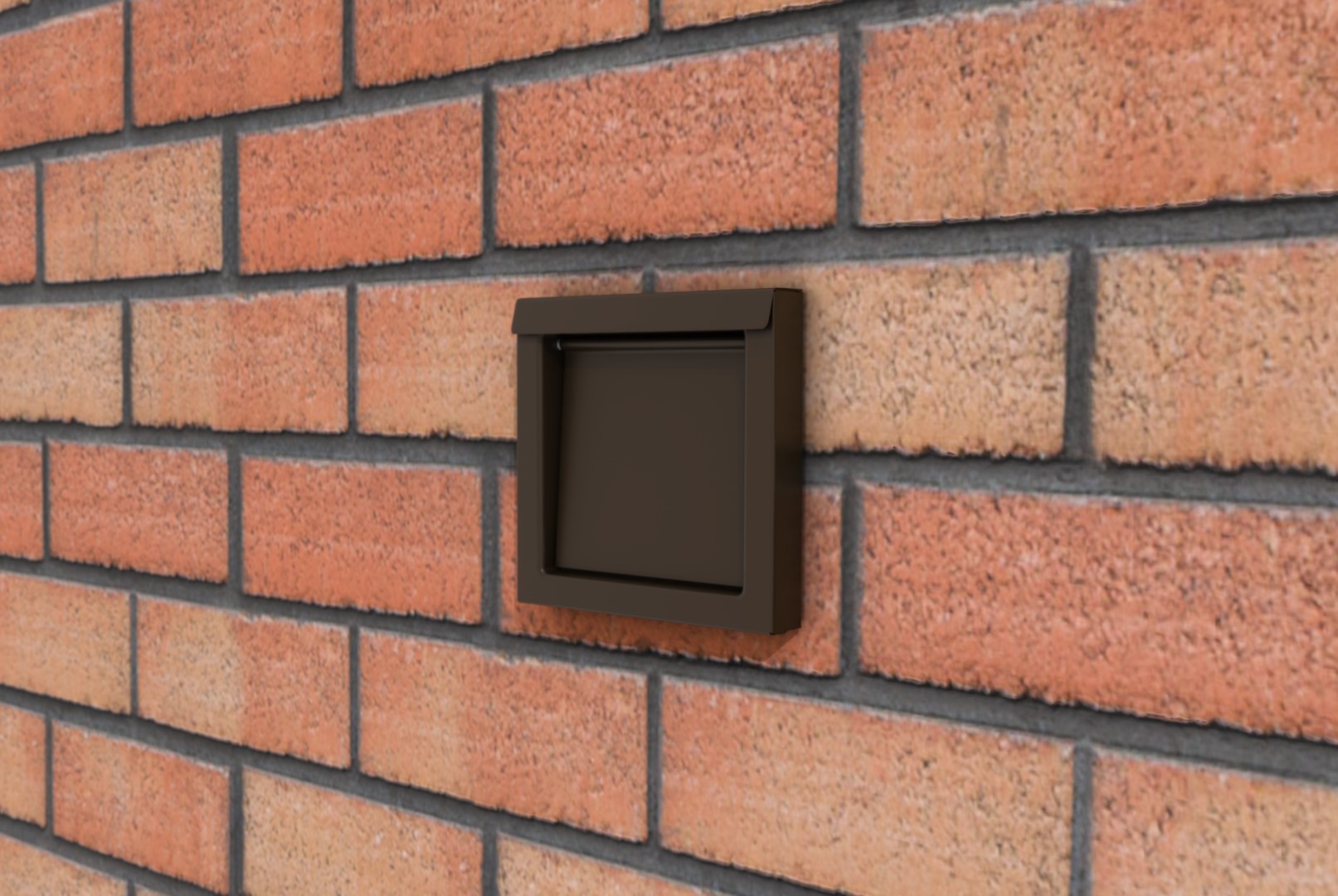
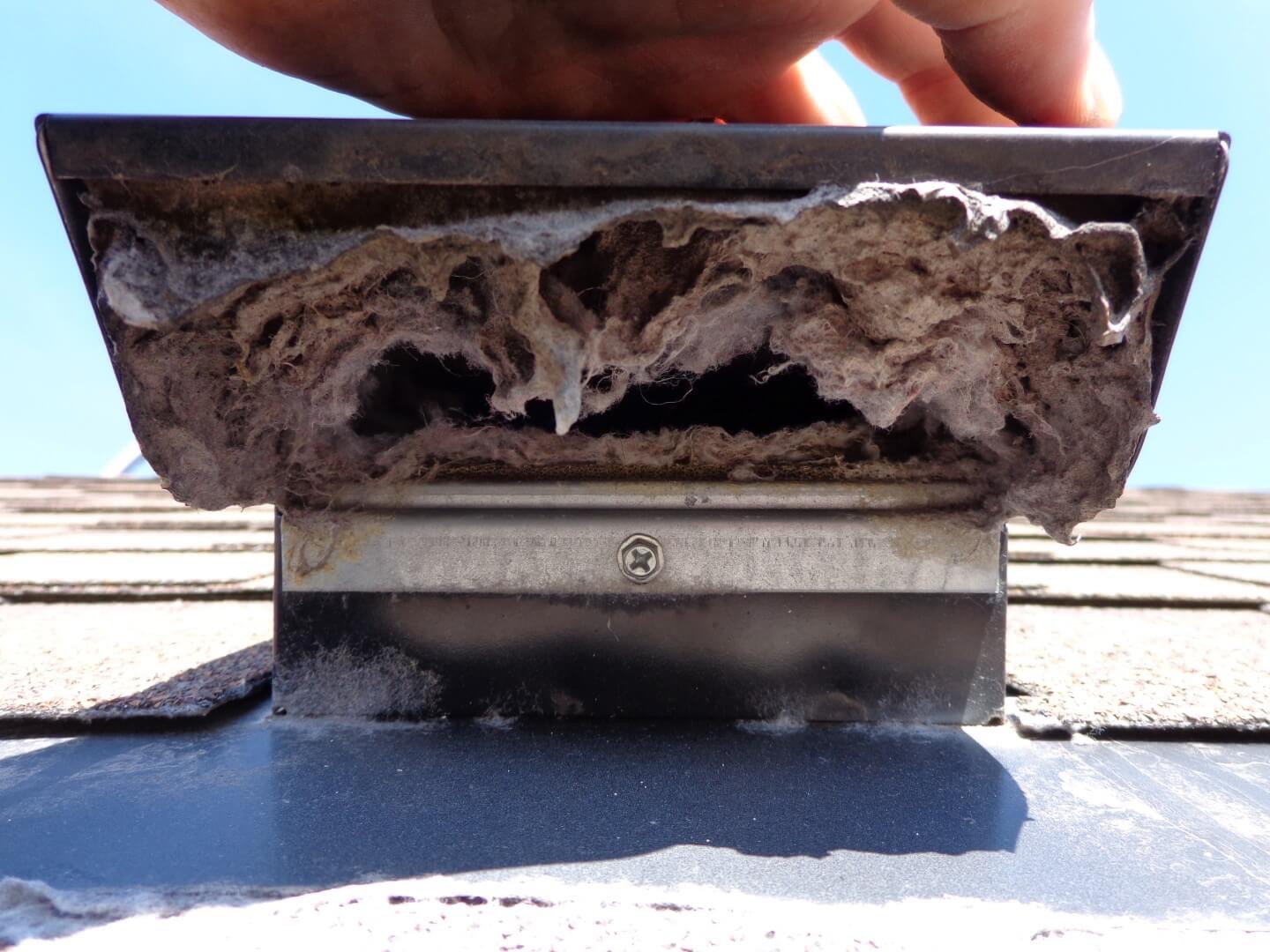
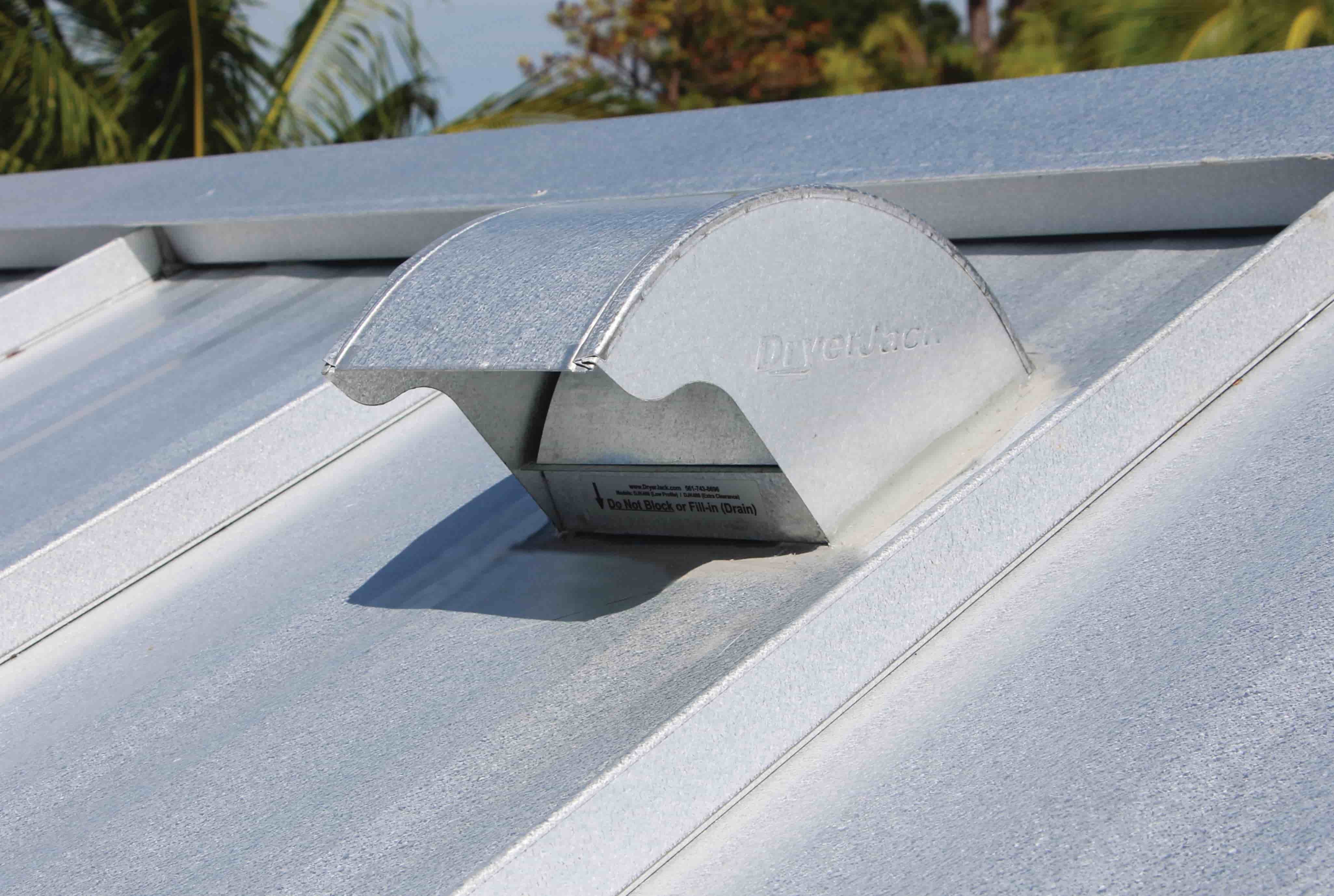
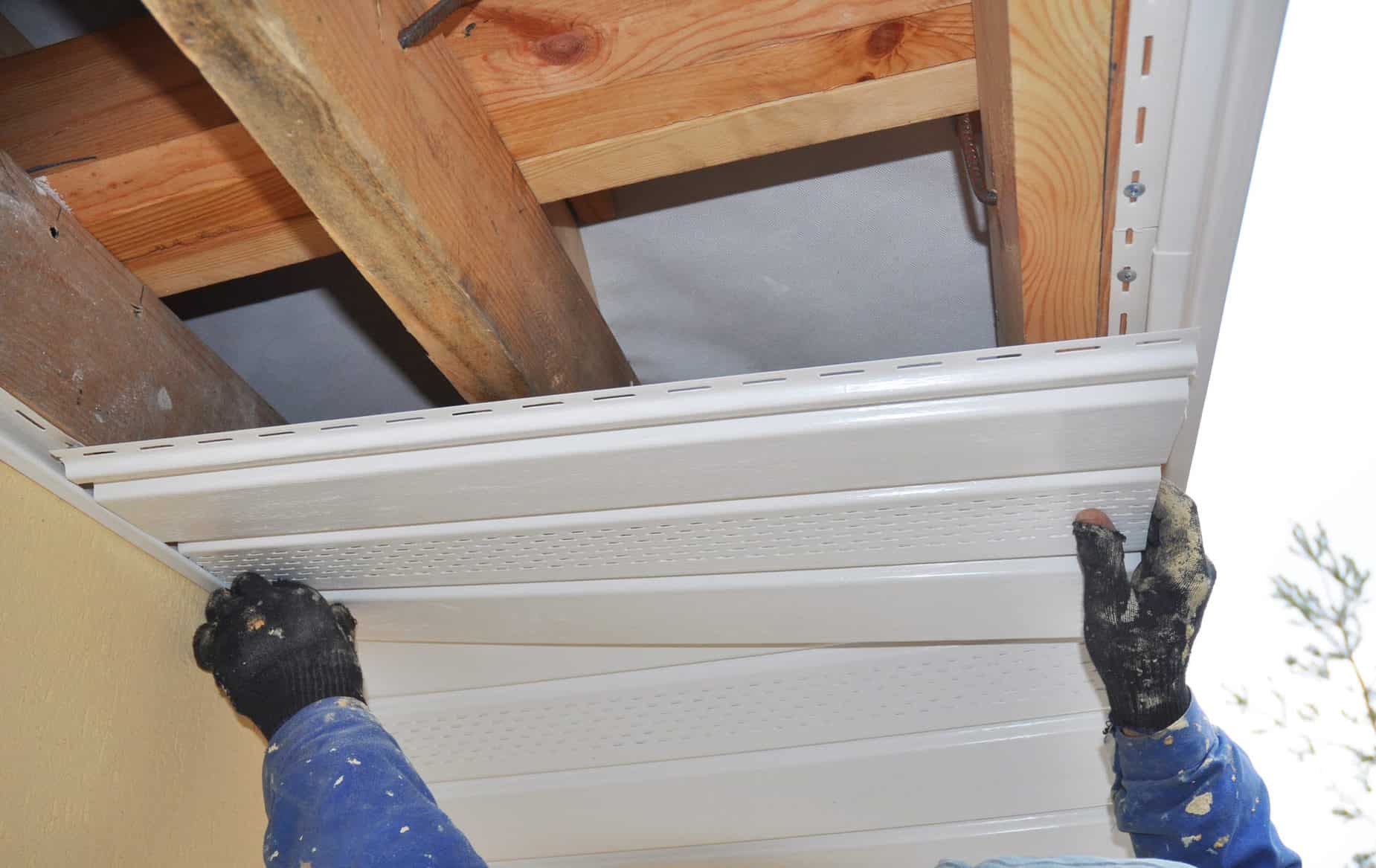
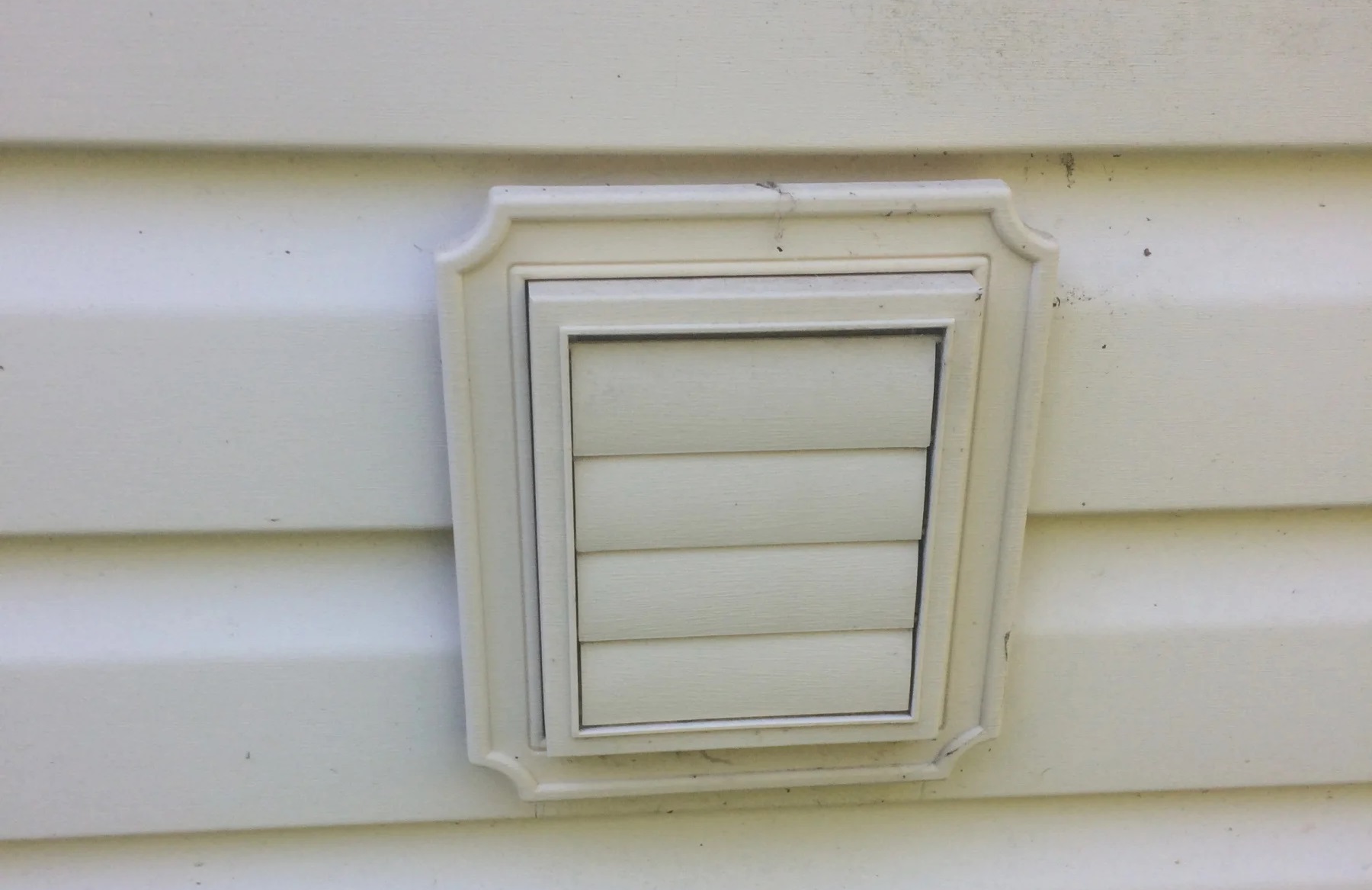
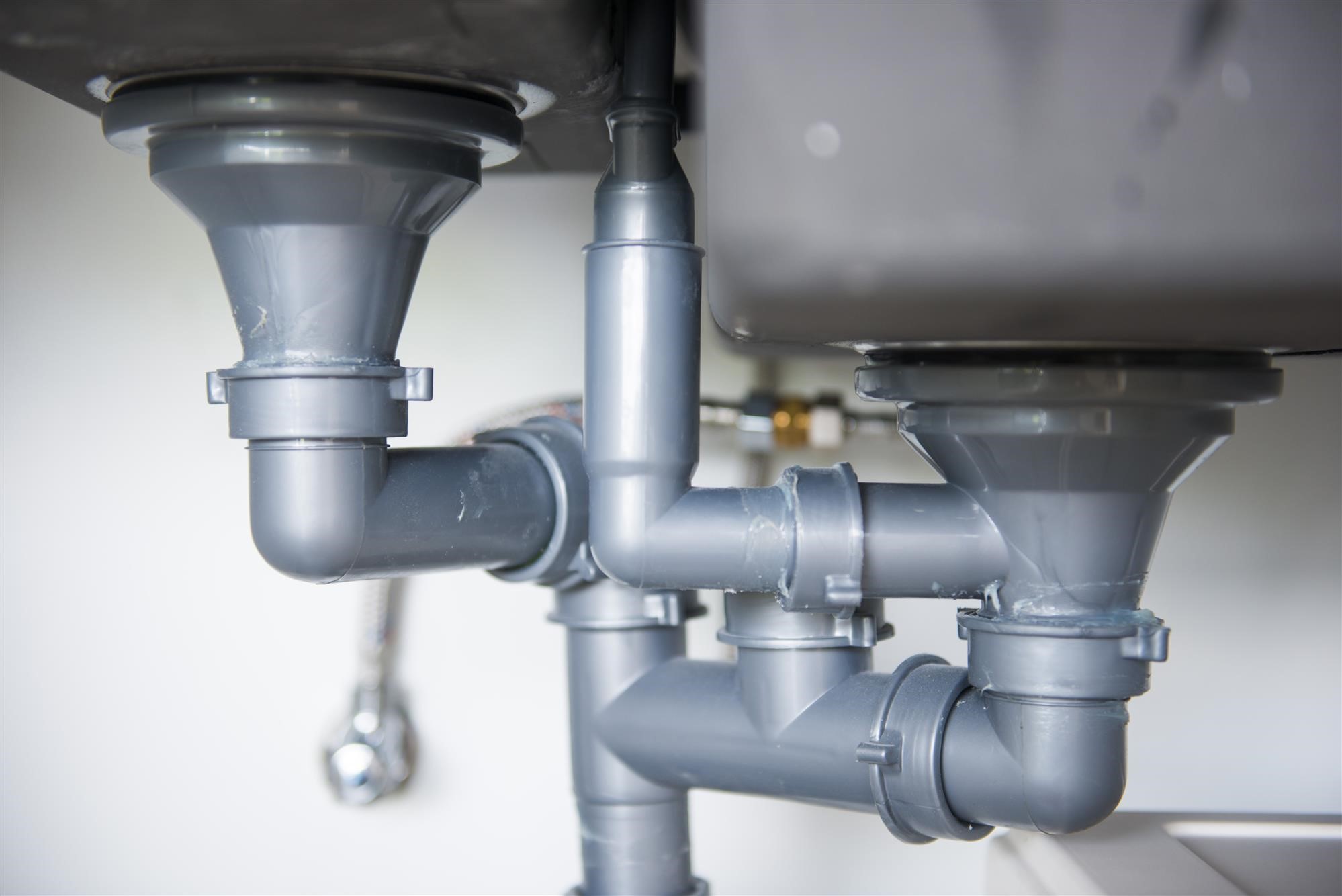
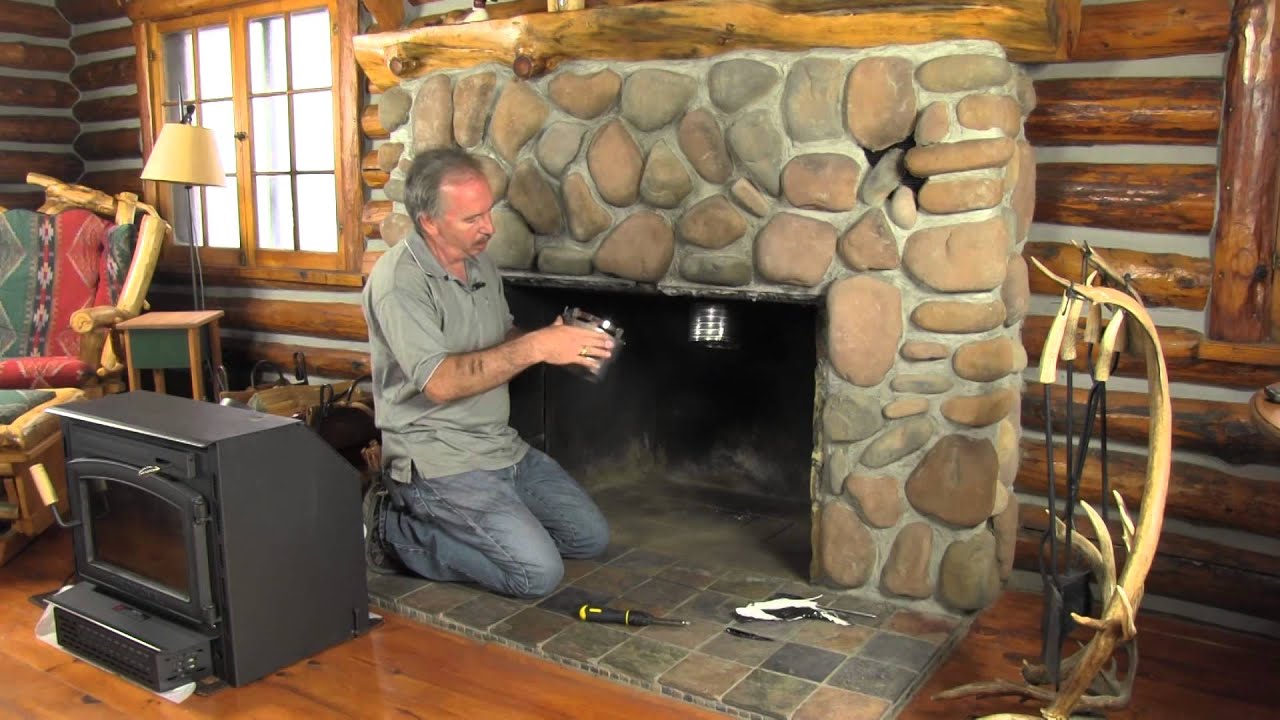
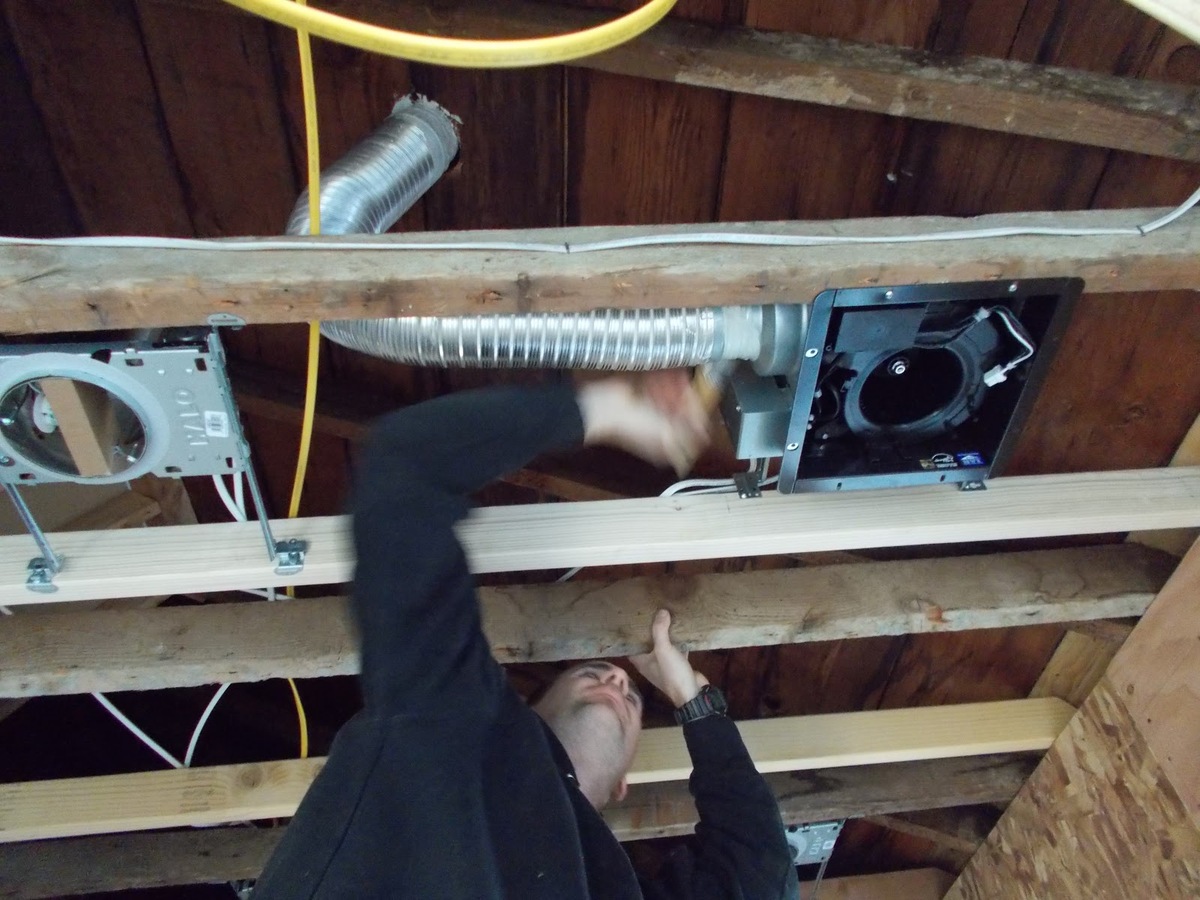
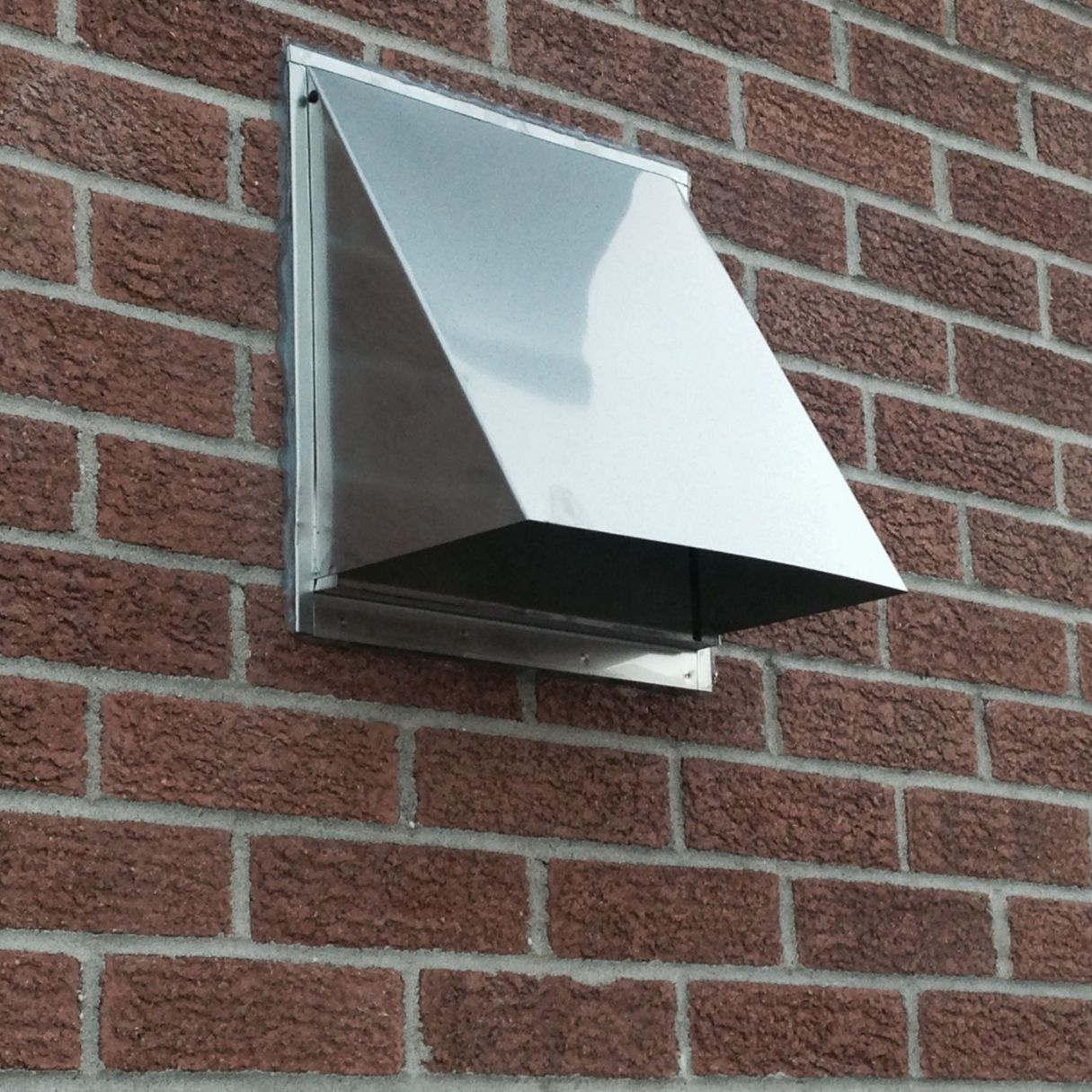
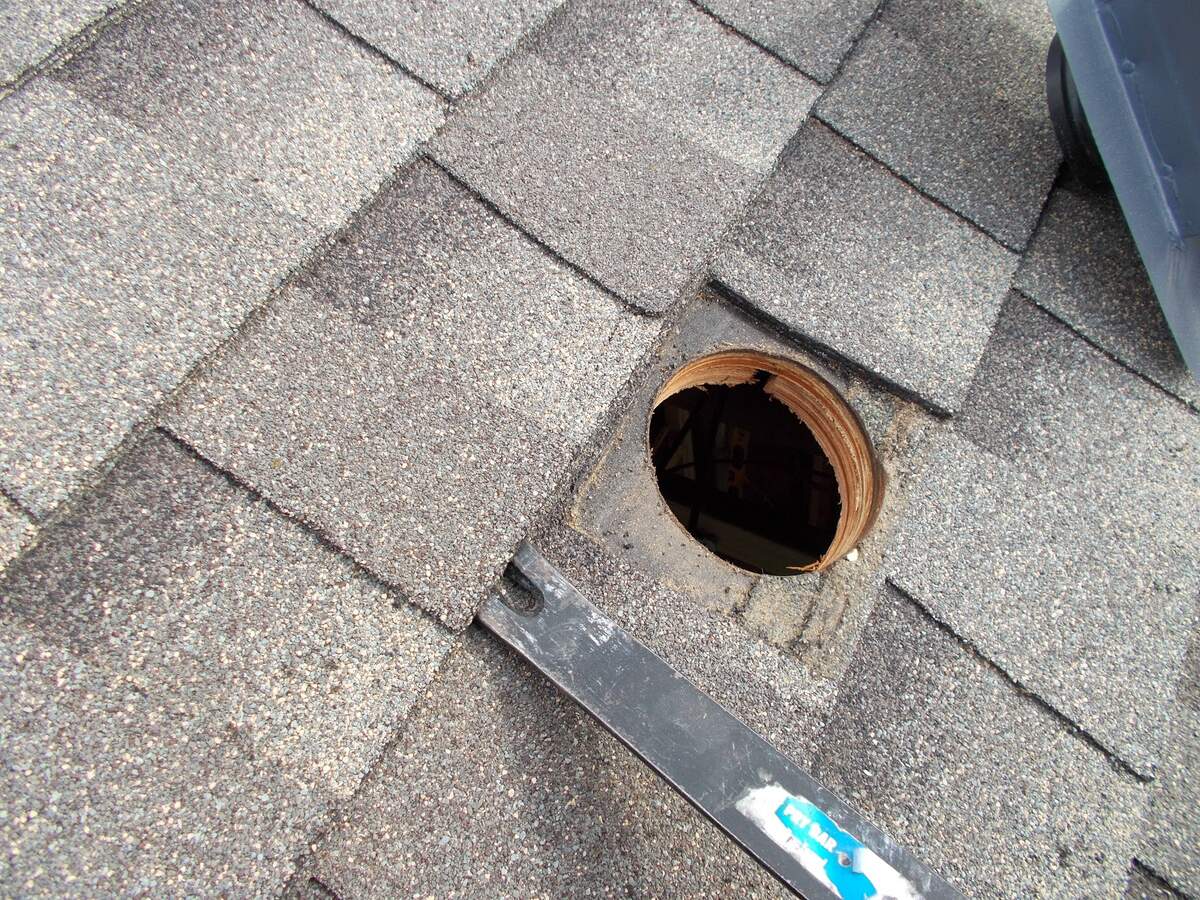

0 thoughts on “How To Vent A Bathroom Fan Through Soffit”